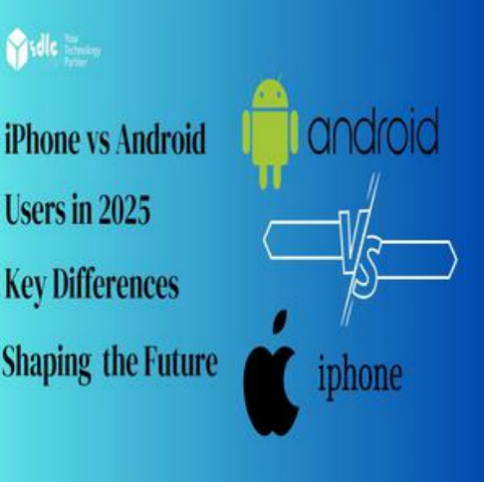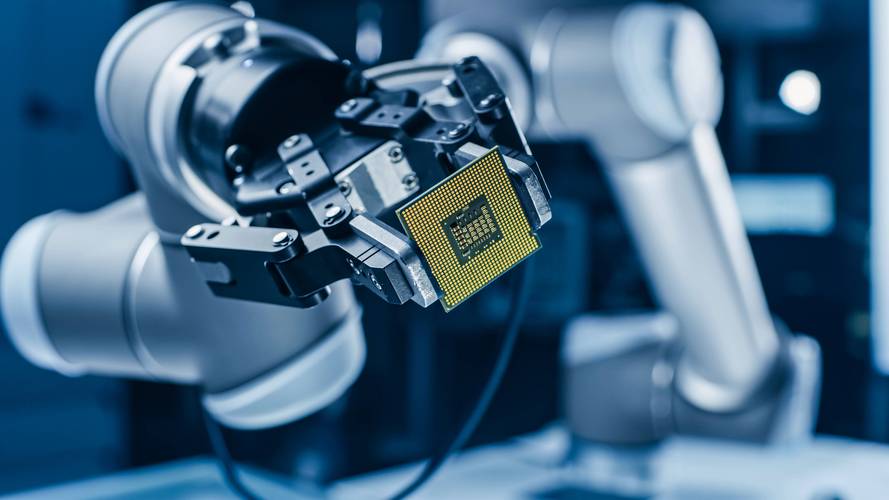Android vs iPhone: The 2025 Flagship Showdown
As we look ahead to 2025, the competition between the leading Android and iPhone smartphones continues fiercely. For those willing to invest in the best of the best in mobile technology, making a choice has become increasingly challenging. Let’s explore the important factors that differentiate these two giants.

Performance Powerhouses: Beyond the Numbers
In terms of pure performance, both platforms showcase their unique advantages. The latest iPhones from Apple, including the iPhone 16 Pro Max, utilize the A18 Pro chip. This impressive processor, crafted using cutting-edge 3nm technology, provides extremely rapid processing capabilities. It can seamlessly perform demanding tasks like editing 4K videos on the fly and playing high-end graphics games at maximum settings. The combination of hardware and software in the iPhone is exceptional, allowing apps to open instantly and making multitasking very easy.

On the Android front, models like the Samsung Galaxy S25 Ultra, which features the Snapdragon 8 Gen 4, offer comparable speed. This processor greatly enhances AI functions and graphics performance. Many flagship Android devices also boast larger RAM options, reaching up to 16GB, which contributes to smoother multitasking and the ability to keep many apps running at once without issues. This feature can significantly benefit power users who switch between work applications, productivity tools, and entertainment services throughout their day.
Imaging Innovations: Capturing Life in Stunning Detail
Photography lovers face a difficult decision. iPhones have consistently received praise for their impressive computational photography abilities. The camera system of the iPhone 16 Pro, equipped with a 48-megapixel Main camera and sophisticated sensor-shift optical image stabilization, is capable of taking stunning pictures in various lighting settings. The newly improved cinematic mode for 2025 allows users to create videos that look professional, featuring shallow depth-of-field effects and seamless focus changes.
On the other hand, Android flagship models are also making strides. For instance, the Google Pixel 9 Pro is breaking new ground in smartphone photography through its Super Res Zoom technology. This feature enables users to capture highly detailed zoomed shots, even in dimly lit environments. Moreover, some Android devices, such as the Xiaomi 15 Ultra, offer a quad-camera system with several 1-inch sensors, giving users unmatched versatility for different types of photography, ranging from wide-angle landscapes to telephoto portraits.
Ecosystem Experiences: A World of Connectivity
Apple's ecosystem functions like a well-connected world. The way the iPhone, iPad, Mac, and Apple Watch work together is exceptional. For users who invest heavily in Apple products, being able to begin a document on the Mac, continue it on the iPhone, and finalize it on the iPad, all without difficulties, is a great advantage. Added features such as the Continuity Camera, which permits the use of the iPhone as a webcam for the Mac, further improve this cohesive experience.In contrast, Android presents a much more flexible ecosystem. For example, Samsung has created an extensive range of devices within its Galaxy line, which includes smart TVs, tablets, and wearable technology. The compatibility of Android with various third-party accessories, like wireless chargers, external storage, and special camera lenses, allows users to tailor their mobile experiences to suit personal preferences better.
Design and Build: Style Meets Durability
iPhones are recognized for their elegant and simple designs. The new iPhone 16 series showcases an improved titanium frame that not only enhances its luxurious appearance but also boosts the device’s strength. Its Ceramic Shield front cover claims to be four times more drop-resistant, ensuring your device remains safe.

On the other hand, flagship Android phones feature a wide array of designs. The OPPO Find N5, a foldable model, exemplifies the latest trends in Android design. With its foldable display, this phone provides a unique multitasking capability, effectively turning it into a small tablet when necessary. Other Android options, like the OnePlus 12, adopt a classic yet sophisticated style, utilizing high-quality glass and metal finishes that radiate refinement.
Ultimately, selecting between an Android or an iPhone flagship in 2025 hinges on what matters most to you. If you prioritize a smooth, interconnected system along with an easy-to-navigate interface, the iPhone could be an ideal choice. Conversely, if you prefer extensive customization, a broader selection of hardware, and innovative features, Android flagship devices present various appealing options. Those with significant budgets should thoughtfully evaluate their habits, preferences, and tech needs before making this important decision regarding the perfect mobile device.
(Writer:Juliy)




